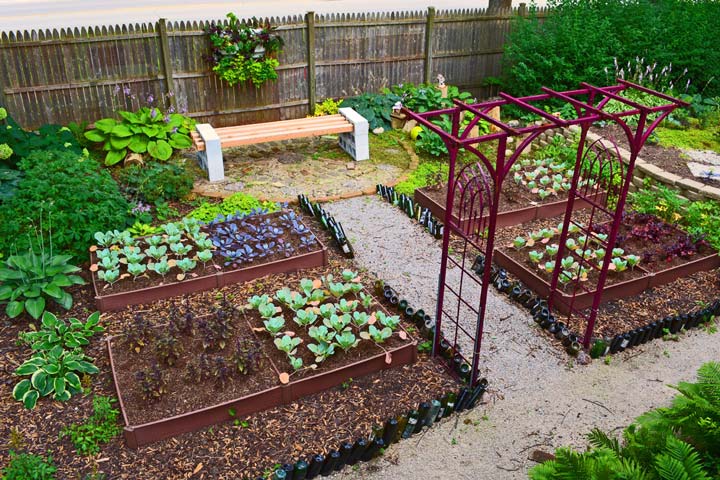
10 Ways to Grow a Shade Garden
With the right plants and a few tricks, you can grow a productive food garden in a shady space. Many types of greens, including lettuce, spinach, kale and arugula, can grow in low light.
If you aren’t blessed with a prime gardening spot that receives full sun (eight to 10 hours of sunlight per day), don’t despair. A handful of fresh garden vegetables and quite a few delicious culinary herbs will grow happily in shady spots, including underneath a tree canopy or in the shade of a building. A few simple techniques can improve your chances of getting a good crop that was made in the shade.
1. Herbs for Shade
Besides being an easy way to add nutrition and flavor to all your meals, culinary herbs provide a tremendous amount of natural beauty to your landscape. Some herbs definitely need full sun (sorry, basil lovers!), but these 12 herbs will grow in spots that only get two to four hours of sun per day, or are in dappled sunlight for much of the day:
• Anise hyssop
• Chives
• Cilantro
• Lemon balm
• Marjoram
• Mint
• Oregano
• Parsley
• Shiso
• Spicebush
• Sweet woodruff
• Wild ginger
2. Grow Salad Greens
Many greens are amenable to low light, and your body will thank you for dedicating an entire garden bed to nutrient-dense, fiber-rich greens. Try the following:
• Arugula
• Asian greens such as bok choy and tatsoi
• Kale
• Lettuce
• Mesclun greens
• Mustard greens
• Spinach
• Swiss chard
3. Grow Peas
Many types of peas and beans will eventually give you a good crop if they receive just four or five hours of sun per day. Try smaller dwarf and bush varieties rather than pole varieties.
4. Dig Deep for Root Vegetables
If you have just a few more hours of sunlight—say four or five per day—you can likely grow a decent crop of nutritious and tasty root vegetables. Start with the following:
• Beets
• Carrots
• Potatoes
• Radishes
• Turnips
5. Be Patient
At some point you’ll be rewarded with a respectable harvest, but many shady garden stars take a little longer to mature than they would if they were grown in sunnier areas. Just wait—your hard work will eventually pay off.
6. Think Small
Harvest scaled-down veggies throughout the season, then laugh at the grocery store prices you see for similar “gourmet” treats. Keep in mind that a few plants, such as Swiss chard and mustard greens, may never grow big, juicy stalks in low light. But the more petite versions are just as delicious. While you’re waiting for that harvest of plenty, take time to appreciate the little guys, such as:
• Baby carrots
• Green onions
• Microgreens
• New potatoes
7. Water Wisely
If you live in a climate with superhot summers, chances are your garden crops will actually be grateful for a little shady relief. You’ll probably find that you need to water less than in a full-sun garden. Be sure to give your plants adequate moisture, but avoid overwatering.
8. Use Reflective Mulches
One way to maximize the light you do have is to employ a reflective mulch. Available in most garden centers, reflective mulches throw light and heat back up at your plants and have been found to be effective at increasing yields. Red plastic mulch is a popular option to lay down beneath tomato, pepper and strawberry plants. Metallic mulches, which can come in fancy, store-bought packages or straight out of the aluminum foil dispenser in your kitchen, are also worth trying under shaded garden plants. If you have a fence or wall adjacent to your garden, try painting it bright white or a light color to reflect more light onto the plants.
9. Look at the Bigger Picture
When growing food in less-than-ideal areas, it’s especially important to pay attention to overall garden health. Work hard to keep your soil rich and your plants healthy. Give plants plenty of space to grow in order to maximize all possible chances for photosynthesizing. Pay attention so you’re able to catch and address pest and disease problems early.
10. Take Note
Success with shady gardening can be even more dependent on microclimate conditions than full-sun gardening. Keep track of what works and what doesn’t in your yard. Repeat your successes. Try new things next season. Give yourself a pat on the back for growing your own food—despite a shady situation.

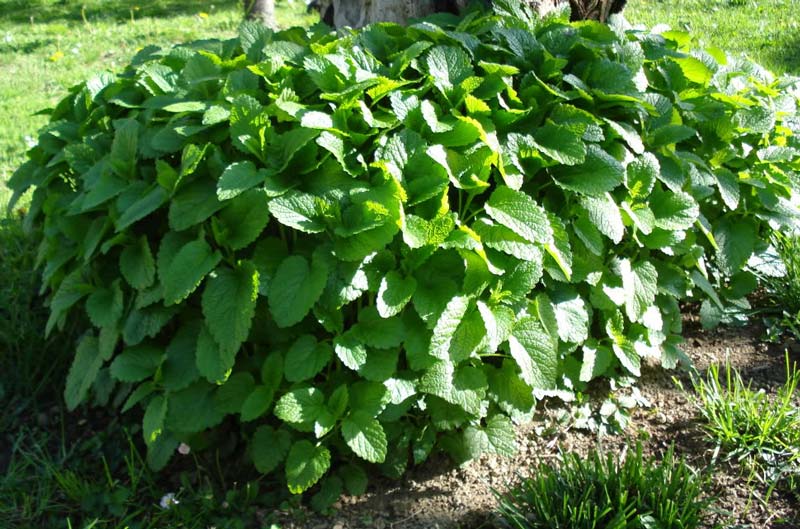
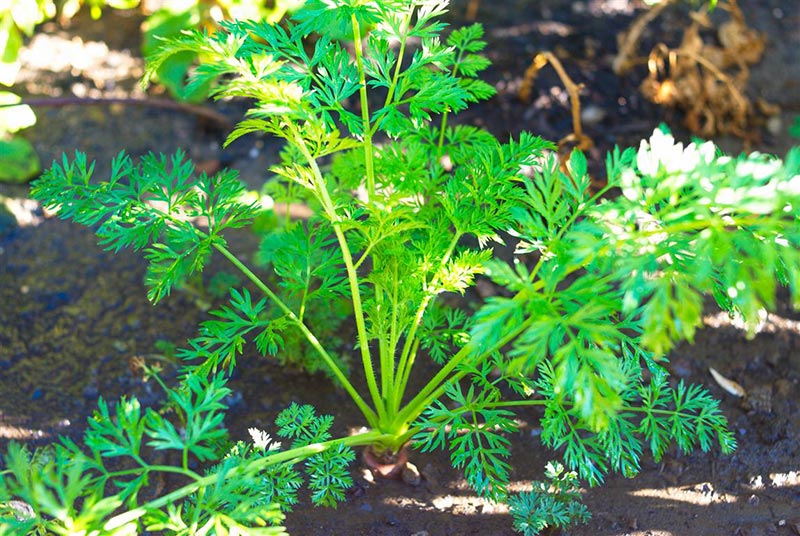
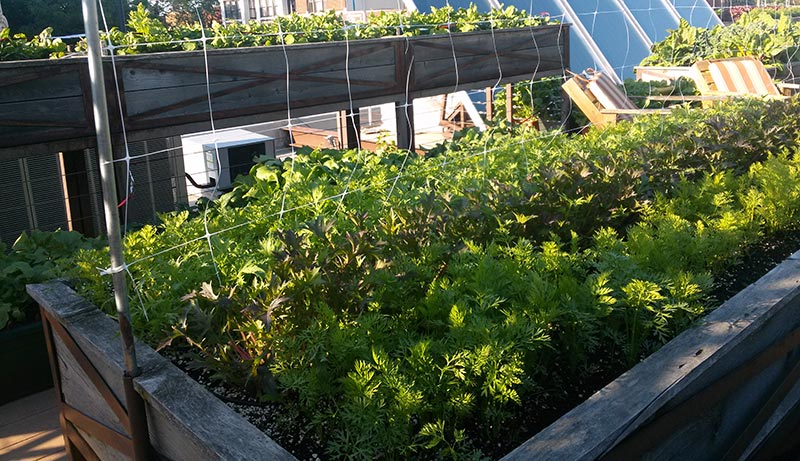
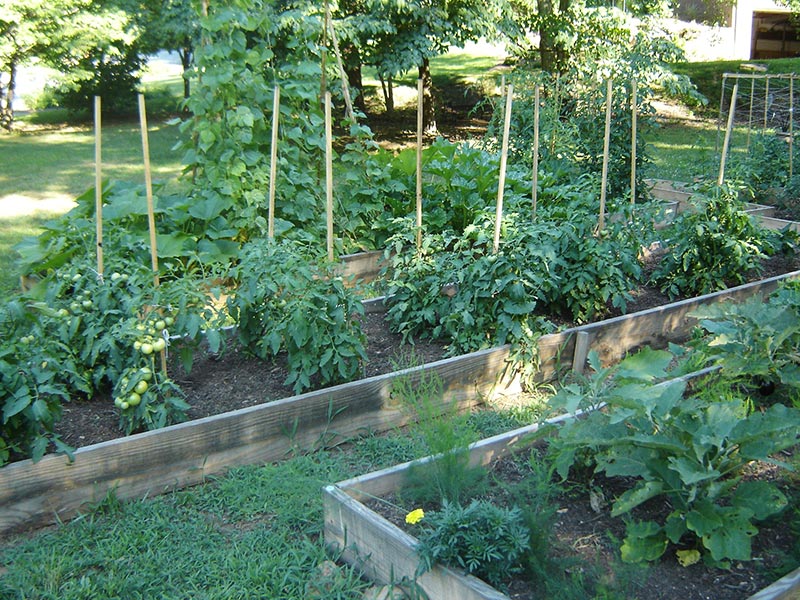


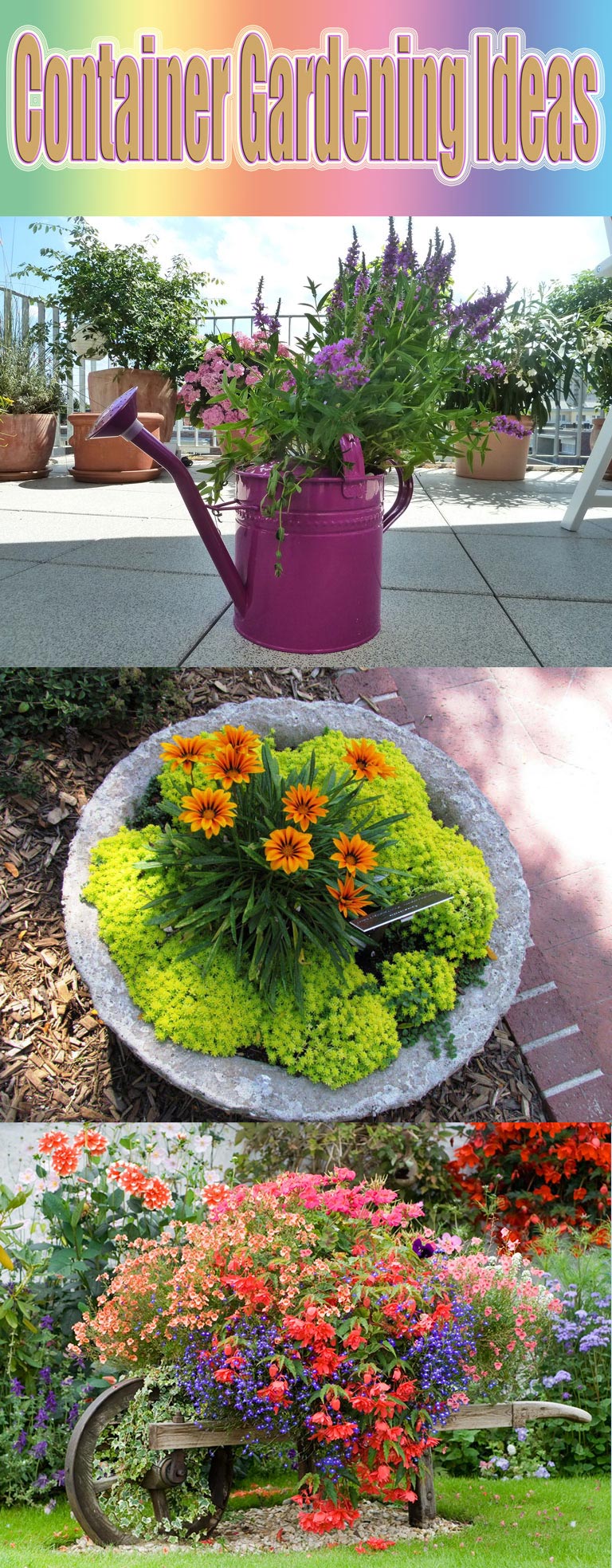
Leave a Reply